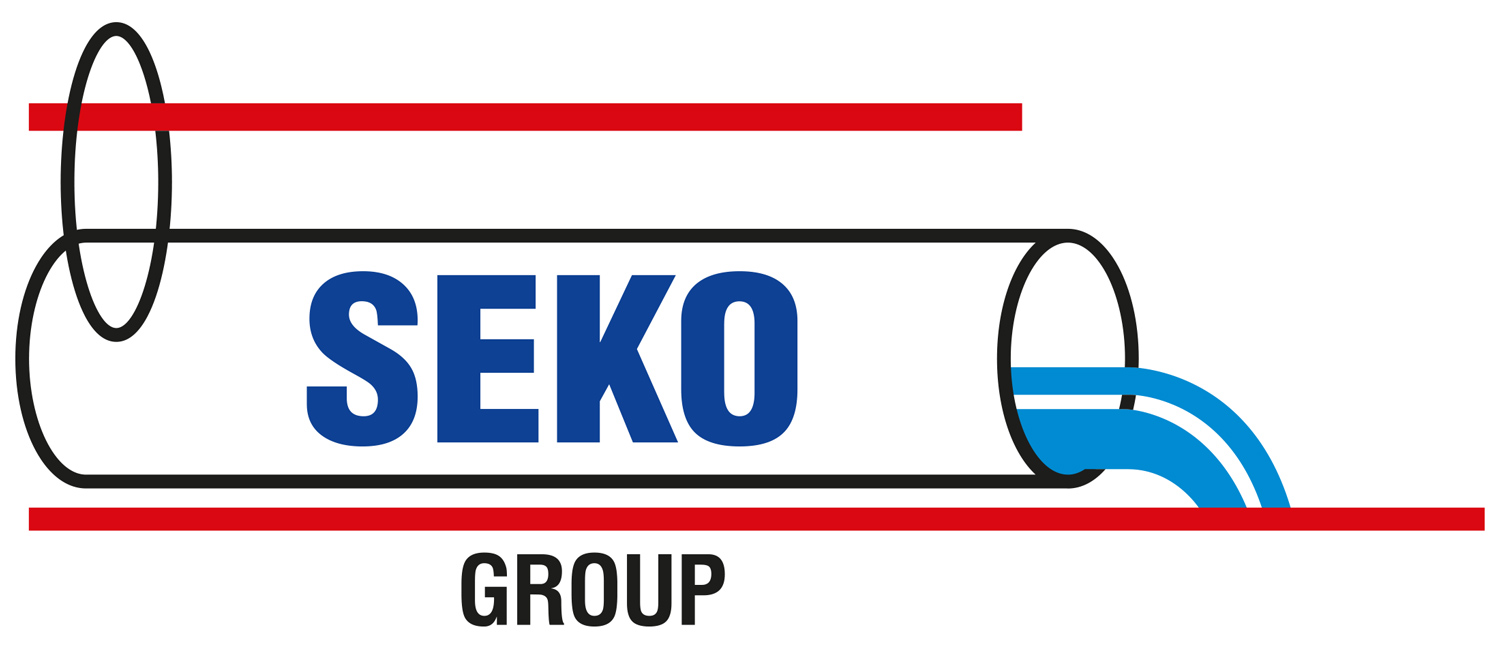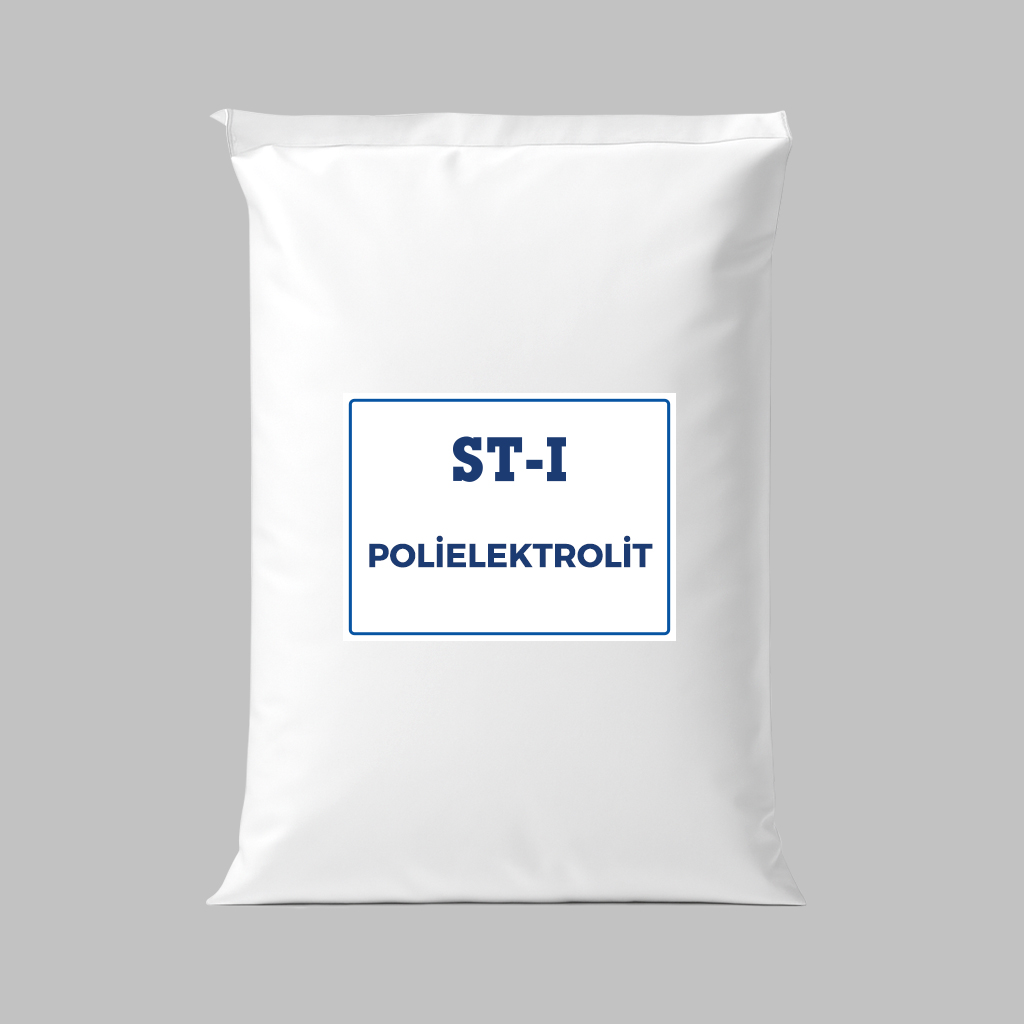Polyelectrolytes
Polyelectrolytes; The pollutants targeted for removal in wastewater carry an electrical charge on their surfaces, which can be either positive or negative. Pollutants with the same type of charge repel each other in water—much like the same poles of magnets—preventing them from aggregating and settling. Polyelectrolytes are used precisely to overcome this issue. Divided into two main groups—anionic and cationic—polyelectrolytes are selected to carry a charge opposite to that of the pollutant in the wastewater. Cationic polyelectrolytes are used for negatively charged pollutants, while anionic polyelectrolytes are used for positively charged pollutants. The appropriate type and dosage of polyelectrolyte for use in a wastewater treatment plant are determined through a test known as the Jar test.

